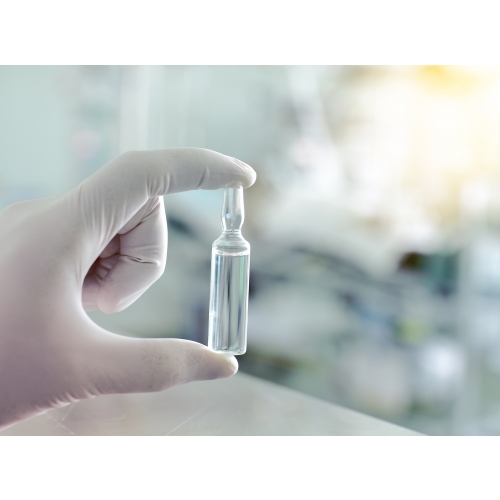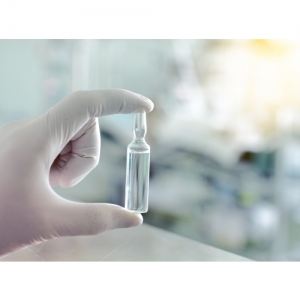
PTS (para-toluenesulfonamide) is a chemical small molecule anti-cancer drug independently researched and developed by Gongwin Biopharm.
.jpg)
According to indications by in vitro studies, PTS is able to penetrate cancer cell membranes and accumulate in cytoplasm within a short period of time after being in contact with cancer cells. The concentration of PTS within cancer cells is ten times as high as that within normal cells. After PTS enters into cancer cells, it ruptures the intracellular lysosomes, releases lysozyme, and causes necrosis of cancer cells; at the same time, PTS also prompts the mitochondria within cancer cells to release cytochrome c, inhibits ATP synthesis, and further induces cancer cells to undergo programmed cell apoptosis [1].
The target and mechanism of this anti-cancer effect is completely different from other anti-cancer drugs. The effects of traditional chemotherapy drugs are mainly systemic cytotoxicity, so patients often have to bear the side effects of drugs on normal cells, such as bone marrow suppression, hair loss, skin rash, vomiting... etc. The characteristic of PTS is that it uses direct injection on target tumor tissues. As the scope of drug efficacy is specific and accurate, there are no side effects that are unbearable for patients.
The results of animal experiments further verified these phenomena. In the case of tumor xenografts in nude mice, the weight of tumor after PTS treatment shrank to 59% smaller than that of alcohol intra-tumoral injection control group, and the area of cancer cell necrosis increased by 3 times. PTS is also safer than other intra-tumoral injection drugs. After injecting the same volume of PTS or absolute ethanol into the normal tissues of nude mice, the pathological section staining showed that the range of cells damaged by PTS was 60% lower than what was damaged by absolute ethanol[2].
PTS is mainly metabolized by enzymes such as CYP2C, CYP2D and CYP3A into five metabolites containing 4-sulphamoylbenzoic acid, and about 80% of the metabolites can be excreted through urine within 24 hours, and the rest can be excreted through feces or sweating, or other means[3,4].
Existing cancer treatment methods can be divided into systemic treatments and local treatments. Systemic treatments include the common chemotherapy drugs and immunotherapy. PTS treatment is combined with bronchoscopy, image guidance (ultrasonic or computerized tomography) localization followed by percutaneous puncture, etc., to directly destroy cancer cells by intra-tumoral injection on the tumor site; this PTS combined treatment is a local treatment. In this type of tumor treatment technology, there is currently only one product available in the world-PTS targeted chemical ablation agents.
References
- Para-toluenesulfonamide induces tongue squamous cell carcinoma cell death through disturbing lysosomal stability.
- The fate of saccharin impurities: the extraction and metabolism of [14C]Toluene-4-sulphonamide and 4-sulphamoyl[14C]benzoic acid in the rat.
- Metabolism and effect of para-toluene-sulfonamide on rat liver microsomal cytochrome P450 from in vivo and in vitro studies.


